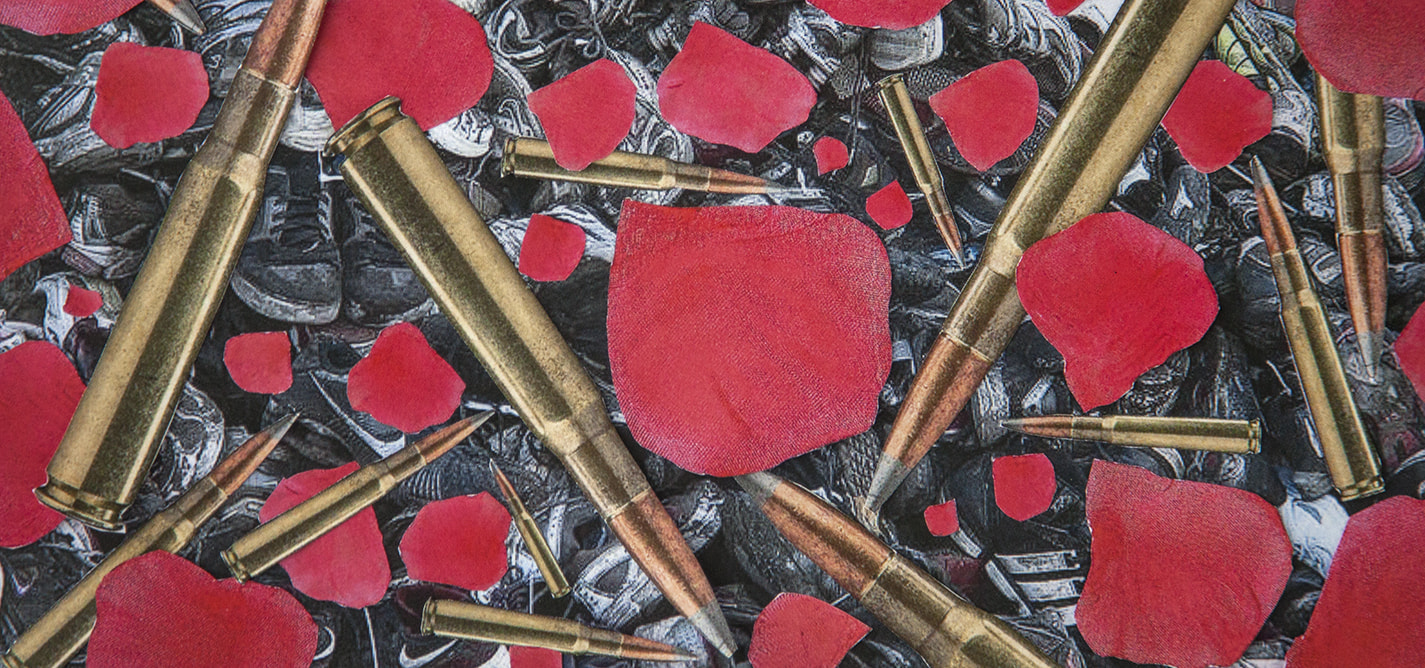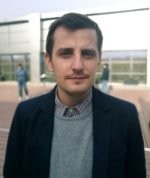
We commemorate the past differently
Activists across post-Yugoslav states have tried to expand official commemorations.
|28.09.2018
|
"Oral History doesn't contribute to the creation of big, official narratives. It offers diversity, beyond black and white."

Nektar Zogjani
Nektar Zogjani has been working as a journalist since 2013. He has recently completed the “Jiri Dienstiber” Journalism Fellowship in Prague. Prior to this he worked as a journalist at the Balkan Investigative Reporting Network (BIRN) and at the Insajderi portal.
This story was originally written in English.